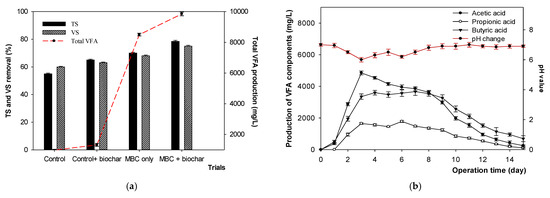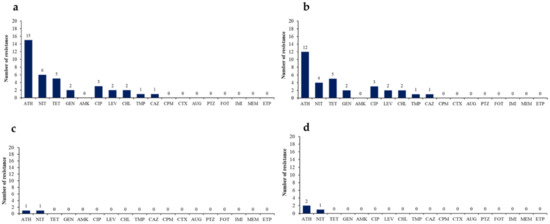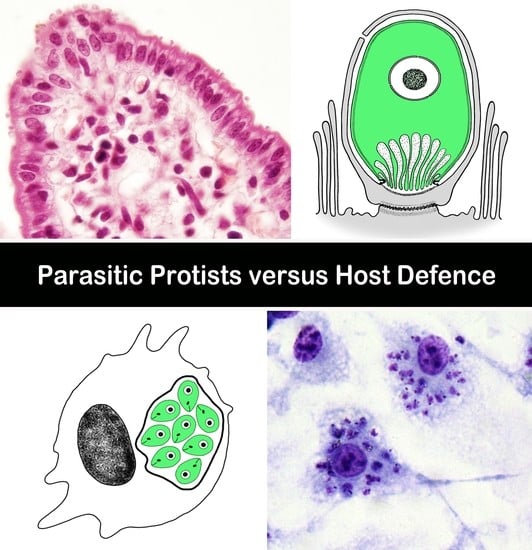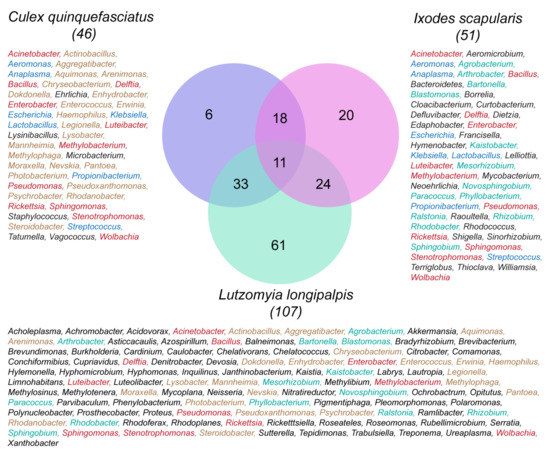Department of Biological Sciences, University of Québec at Montréal and Interuniversity Research Group in Limnology/Groupe de Recherche Interuniversitaire en Limnologie (GRIL), Succ. Centre-Ville, Montréal, QC 8888, Canada
Microorganisms 2021, 9(12), 2447; https://doi.org/10.3390/microorganisms9122447 - 27 Nov 2021
Cited by 5 | Viewed by 2022
Abstract
In phytoplankton communities, competitive exclusion might occur when functionally similar species are impeded from regulating their positions along light and nutrient gradients to reduce niche overlap. Greater spatial overlap (SO) between species due to water column mixing could thus promote competitive
[...] Read more.
In phytoplankton communities, competitive exclusion might occur when functionally similar species are impeded from regulating their positions along light and nutrient gradients to reduce niche overlap. Greater spatial overlap (SO) between species due to water column mixing could thus promote competitive exclusion, reducing community taxonomic diversity. However, greater SO could also promote coexistence of functionally different taxa. Using data from a whole-lake experiment, we investigated the effects of SO and other relevant environmental factors on phytoplankton diversity across the water columns of lake basins with different thermocline manipulations. We estimated SO using an in situ fluorometer, and overall community diversity microscopically. Using structured equation models, we estimated directional relationships between phytoplankton diversity, SO, the lake physical structure and the zooplankton community. No significant effect of SO on phytoplankton taxonomic diversity was observed, but higher SO was associated with greater functional diversity. Change in lake physical structure and in the zooplankton community also affected diversity, with a negative response to increased top-down interactions. Overall, despite the fact that the alteration of water column stratification structure and top-down interactions were stronger drivers of phytoplankton diversity in our system, some effect of spatial overlap on the outcome of inferred competitive interactions were observable.
Full article
(This article belongs to the Special Issue New Insights on Phytoplankton Morpho-Functional Traits)
▼
Show Figures














